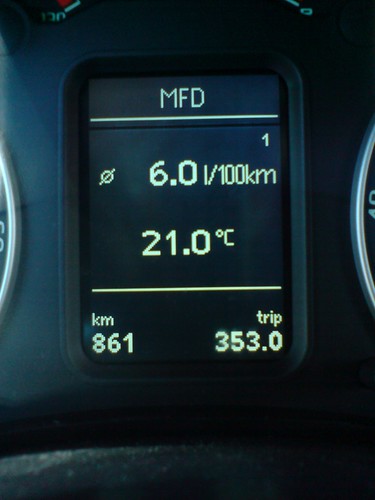New report from Brookings Institute – “Making Transportation Sustainable: Insights from Germany”
(Source: The Brookings Institute)
To help improve the energy efficiency and overall environmental sustainability of the U.S. transportation system, we will need to adopt policies that foster changes in the way Americans travel. A new Brookings report “Making Transportation Sustainable: Insights from Germany” finds that Germany may offer valuable lessons. Like the United States, Germany is a federal republic but it has taken impressive steps to improve transportation options, link transportation planning to land use, and advance other reforms – all while empowering metropolitan action.
Lessons for the United States:
Public policy can play a major role in reshaping America’s transportation system. The German experience offers five lessons to the United States for improving transportation sustainability through changes in travel behavior:
Get the Price Right in order to encourage the use of less polluting cars, driving at non-peak hours and more use of public transportation
Integrate Transit, Cycling, and Walking as Viable Alternatives to the Car, as a necessary measure to make any sort of car-restrictive measures publicly and politically feasible
Fully Coordinate and Integrate Planning for Land Use and Transportation to discourage car-dependent sprawl and promote transit-oriented development
Public Information and Education to Make Changes Feasible are essential in conveying the benefits of more sustainable policies and enforcing their results over the long term
Implement Policies in Stages with a Long Term Perspective because it takes considerable time to gather the necessary public and political support and to develop appropriate measures.
Click here to download the report. Here is the read-only version of the report.











